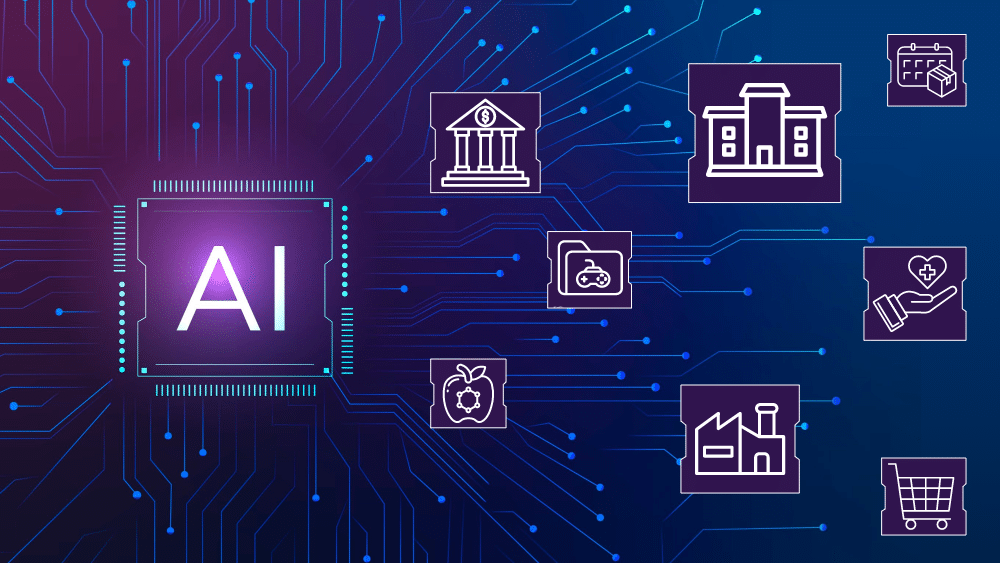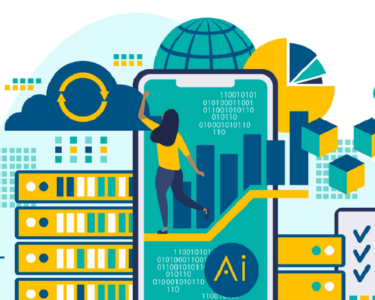Artificial Intelligence (AI) and Robotics Technology are two of the most promising technological advancements in recent times. These technologies have the potential to transform various industries, including healthcare, manufacturing, and finance. In this article, we will explore in detail what AI and robotics technology are and how they work.
What is AI?
Artificial Intelligence is a branch of computer science that deals with creating intelligent machines that can perform tasks that typically require human intelligence, such as visual perception, speech recognition, decision-making, and language translation. AI is designed to simulate human intelligence and improve the efficiency of tasks that were traditionally performed by humans.
There are three types of AI: Artificial Narrow Intelligence (ANI), Artificial General Intelligence (AGI), and Artificial Super Intelligence (ASI).
Artificial Narrow Intelligence (ANI)
Artificial Narrow Intelligence is designed to perform a specific task. ANI is programmed to perform a single task, such as speech recognition or image recognition. Examples of ANI include Siri, Alexa, and Google Assistant.
Artificial General Intelligence (AGI)
Artificial General Intelligence is designed to perform any intellectual task that a human can do. AGI is designed to learn, reason, and solve problems in any field. AGI is still in the development stage and is not yet available.
Artificial Super Intelligence (ASI)
Artificial Super Intelligence is designed to surpass human intelligence in every aspect. ASI is still in the development stage and is not yet available.
What is Robotics Technology?
Robotics technology is the branch of technology that deals with designing, constructing, and operating robots. A robot is a machine that is designed to perform a variety of tasks automatically or under remote control. Robots are used in various industries, including manufacturing, healthcare, and transportation.
There are two types of robots: industrial robots and service robots.
Industrial Robots
Industrial robots are used in manufacturing and other industrial processes. These robots are designed to perform repetitive and dangerous tasks, such as welding and painting. Industrial robots are programmed to perform specific tasks and can work independently or as part of a team.
Service Robots
Service robots are used in various industries, including healthcare, transportation, and entertainment. These robots are designed to perform tasks that are difficult or impossible for humans to perform. Examples of service robots include surgical robots, delivery robots, and entertainment robots.
How do AI and Robotics Technology Work?
AI and robotics technology work together to improve the efficiency and effectiveness of various tasks. Robots are equipped with sensors and actuators that allow them to interact with their environment. These sensors and actuators are connected to a computer, which is programmed with AI algorithms.
The AI algorithms are designed to analyze data from the sensors and actuators and make decisions based on that data. For example, a robot in a manufacturing plant may use sensors to detect the size and shape of a product and use AI algorithms to determine the best way to assemble the product.
Applications of AI and Robotics Technology
AI and robotics technology are used in various industries and have a wide range of applications. Here are some of the most common applications of AI and robotics technology:
Healthcare
AI and robotics technology are used in healthcare to improve patient care and reduce costs. Surgical robots are used to perform minimally invasive surgeries, reducing the risk of infection and speeding up recovery time. Service robots are used in hospitals to transport patients and equipment, reducing the workload of healthcare workers.
Manufacturing
AI and robotics technology are used in manufacturing to improve efficiency and reduce costs. Industrial robots are used to perform repetitive tasks, such as welding and painting, allowing human workers to focus on more complex tasks. AI algorithms are used to optimize manufacturing processes, reducing waste and improving quality.
Privacy and Security
AI and robotics technology can collect large amounts of data, which raises concerns about privacy and security. There is a risk that this data could be used for malicious purposes, such as identity theft or fraud.
Ethical Concerns
There are also ethical concerns about the use of AI and robotics technology, such as the potential for robots to harm humans or the environment.
Conclusion
AI and robotics technology are transforming our world in many ways, from improving productivity to creating new industries. While there are concerns about the impact of these technologies, their potential benefits cannot be ignored. As AI and robotics technology continue to evolve, we can expect to see many new applications and innovations in the coming years.




